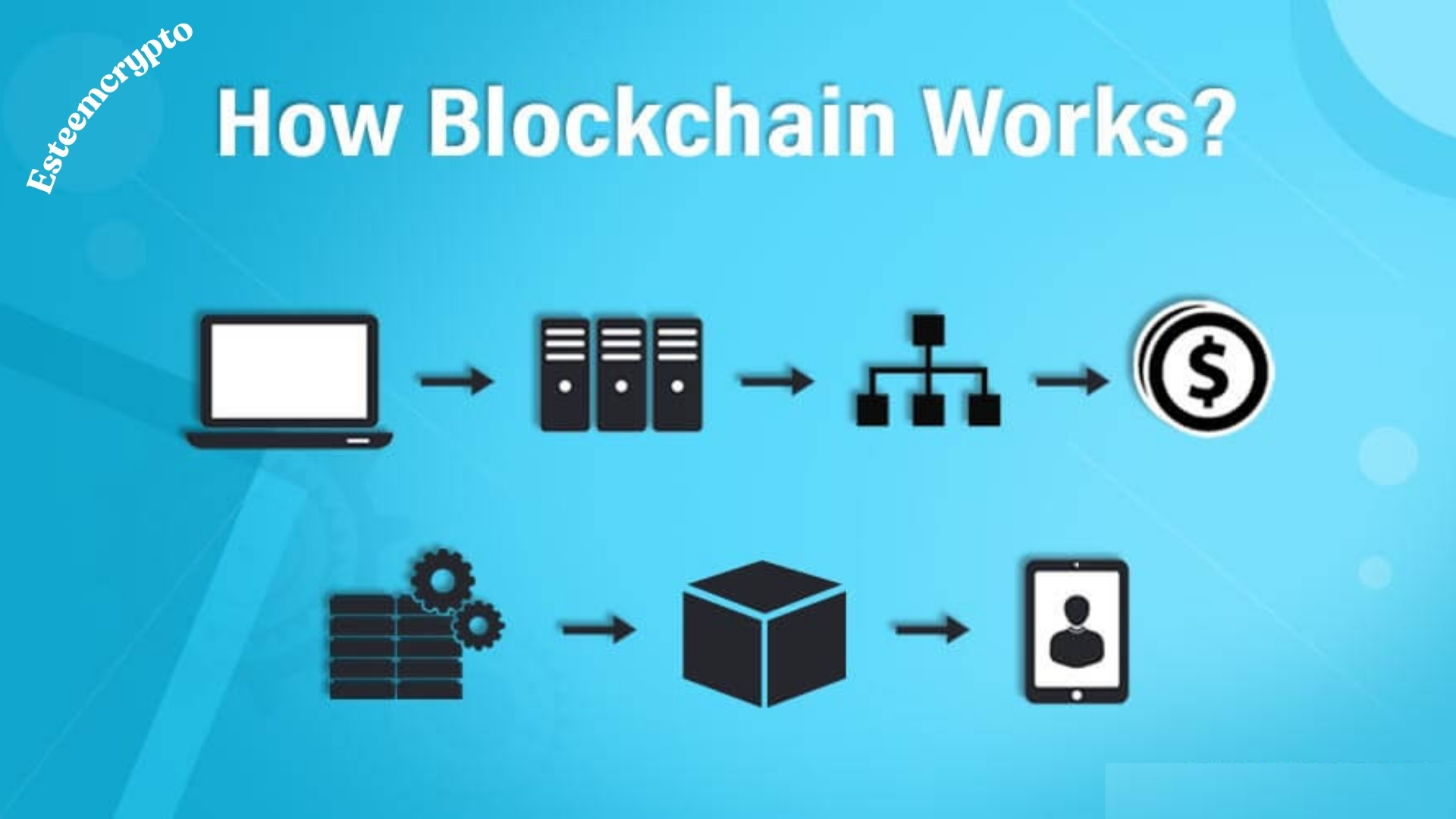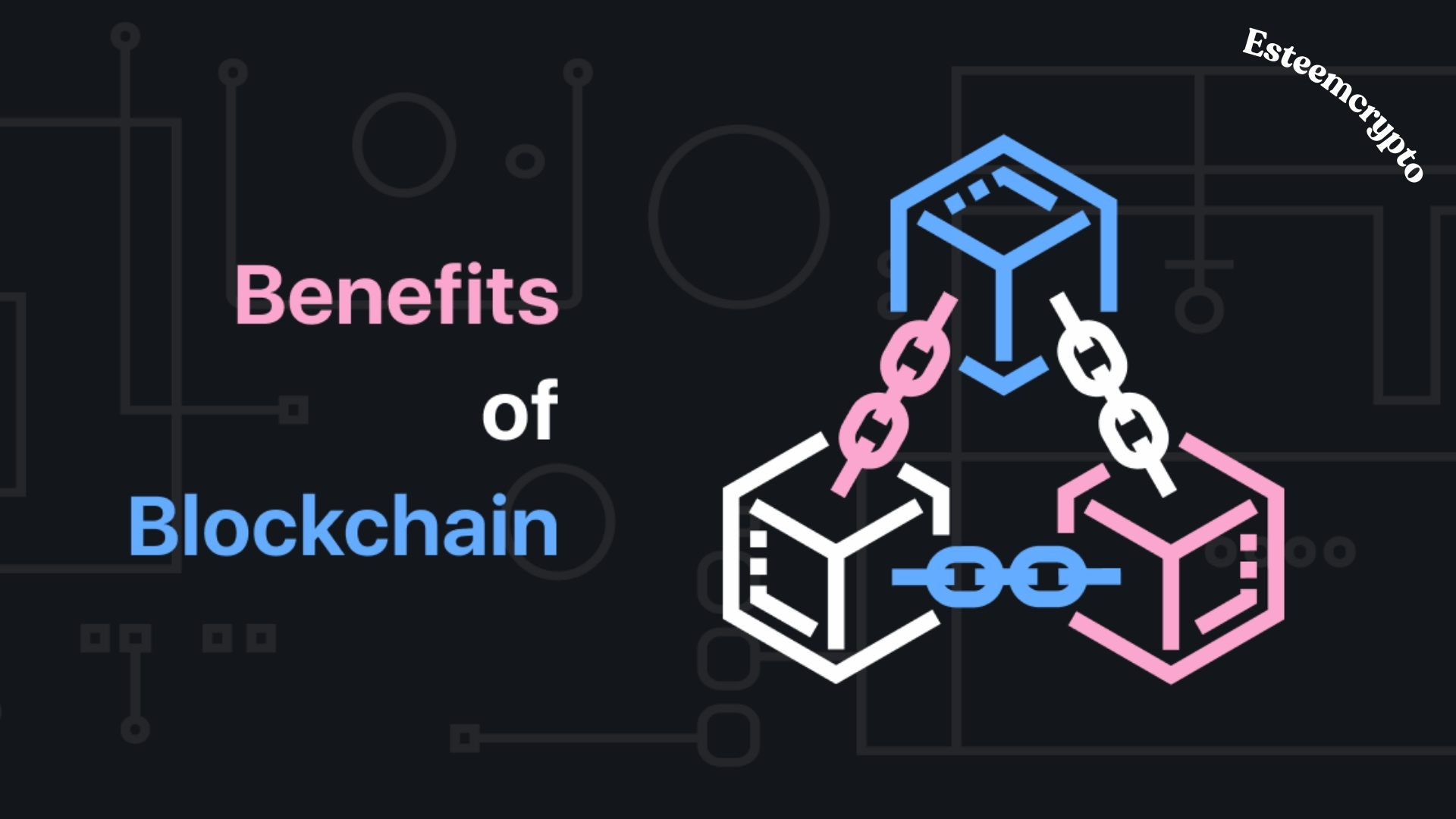What is Blockchain? How it Works and Why Needs It?

What is Blockchain? How it Works and Why Needs It? A blockchain is a unique form of database that is kept up to date by multiple computers worldwide. It is also referred to as a decentralized digital ledger. Blockchain data is categorized into blocks that are cryptographically encrypted and arranged chronologically. To protect digital records from data manipulation, computer scientists Stuart Haber and physicist W. Scott Stornetta used cryptographic techniques in a chain of blocks to construct the first blockchain model in the early 1990s.
Numerous other computer scientists and cryptography enthusiasts were influenced by Haber and Stornetta’s work, which ultimately resulted in the development of Bitcoin, the first cryptocurrency to use blockchain technology. Since then, the use of blockchain technology has steadily expanded, and more and more individuals throughout the world are using cryptocurrencies.
Blockchain technology may be applied to a wide range of use cases and is ideal for recording many different sorts of digital data, even though it is commonly used to record cryptocurrency transactions.
What Is Decentralization in Blockchain?
The concept of decentralization in blockchain pertains to the distribution of control and decision-making authority inside a network among its users, as opposed to a solitary organization like a government or company. This can be useful when users need to coordinate with strangers or wish to guarantee the security and integrity of their data.
In a decentralized blockchain network, no central body or intermediary is controlling the data or transaction flow. Instead, a dispersed network of computers that cooperates to preserve the network’s integrity verifies and records transactions.
Speaking about blockchain technology, individuals frequently discuss more than simply databases. Applications like non-fungible tokens (NFTs) and cryptocurrencies are powered by blockchain technology, which enables people to work together and conduct transactions without depending on a central authority.
How Blockchain Works?

Blockchains are tamper-proof digital ledgers that record transactions between two parties. Nodes, dedicated computers worldwide, record these transaction data. A user’s cryptocurrency transfer is broadcast to the network. Every node verifies digital signatures and transaction data to authenticate the transaction.
The verified transaction is added to a block alongside other verified transactions. Blocks are cryptographically linked to form the blockchain. Using a consensus mechanism, network nodes agree on the blockchain’s state and transaction validity to verify and add transactions to the blockchain.
To keep transactions secure, transparent, and tamper-resistant, the blockchain needs cryptography. Hashing is essential to blockchain cryptography. The cryptographic method turns any input size into a fixed-size string of characters.
Blockchain hash algorithms are collision-resistant, therefore the odds of two data sets producing the same output are extremely low. Another feature is the avalanche effect, which causes any minor change in input data to radically impact output. Each blockchain block securely includes the previous block’s hash, creating a strong chain. Changing one block requires changing all the others, which is difficult and expensive.
Public-key cryptography is another blockchain-wide method. Asymmetric cryptography secures and verifies user transactions. It works like this. Each participant has a private key they keep hidden and a public key they share. A user signs a transaction using their private key, generating a digital signature.
Other network users can verify the transaction’s legitimacy by applying the sender’s public key to the digital signature. This enables secure transactions because only the legal private key owner can authorize a transaction, and anyone may verify signatures with the public key.
Blockchain also offers transparency. On public blockchain sites, anyone can view transaction and block data. However, Blockchain explorer sites show every Bitcoin transaction, including the sender and receiver, the amount, and the Bitcoin owners.
What Is a Consensus Mechanism

A consensus algorithm is a system that enables machines or humans to collaborate in a distributed environment. Even if some agents fail, it must ensure that all system agents can agree on one fact. Consensus algorithms ensure that every node in the network has an identical copy of the ledger, which is a log of every transaction. Blockchains require consensus procedures since there is no central authority to confirm transactions and protect the network’s integrity.
As soon as tens of thousands of nodes maintain a copy of the blockchain’s data, rogue nodes, and data consistency issues may surface. Network nodes come to agreements through a variety of consensus techniques that protect the blockchain’s integrity.
Types of Consensus Mechanisms
What is Proof of Work?
Several blockchain networks employ Proof of Work (PoW), a consensus technique, to confirm transactions and uphold the chain’s integrity. It’s the original Bitcoin consensus technique. Miners compete in Proof of Work (PoW) to solve a difficult mathematical puzzle to add the next block. However, The first person to solve the puzzle is awarded with cryptocurrency through a process called mining.
Miners need to use powerful computers to solve mathematical puzzles, mine new coins, and protect the network. Because of this, the mining process requires a large quantity of energy and processing power.
What is Proof of Stake?
A consensus method called Proof of Stake (PoS) was created to mitigate some of the shortcomings of Proof of Work (PoW). In a proof-of-work (PoS) system, validators are selected according to the quantity of cryptocurrency they “stake” in the network, as opposed to miners competing to solve challenging mathematical puzzles to validate transactions and add new blocks to the blockchain.
To participate in the consensus process, validators “stake,” or hold, a specified quantity of cryptocurrency. Then, according to the magnitude of their stake, they are chosen at random to add new blocks and approve transactions. Transaction fees are given to validators as compensation for adding new blocks and as a means of encouraging them to behave in the network’s best interests.
Other popular consensus mechanisms
The two most popular consensus methods are Proof of Work and Proof of Stake; however, there are more. Specific approaches are entirely different, while others are hybrids that incorporate components from both systems. Delegated Proof of Stake (DPoS), for instance, is comparable to Proof of Stake (PoS) in that token holders choose a smaller group of delegates to produce new blocks on their behalf, rather than all validators being able to do so.
In contrast, validators in Proof of Authority (PoA) are recognized based on their identity or reputation rather than the quantity of money they own. Validators are chosen based on their reliability; if they behave maliciously, they may be banned from the network.
Benefits of Blockchain

- Decentralization: Blockchain’s decentralized nature means that there is no single point of control or failure, which can make it more secure and resistant to attacks or data breaches.
- Transparency: Transactions on a blockchain are visible to all participants, making it easier to track, verify, and ensure their accuracy.
- Immutability: Once a transaction is recorded on a blockchain, it cannot be altered or deleted. It creates a permanent record of all transactions that anyone with access to the network can verify. This is a significant departure from traditional systems where transactions are reversible.
- Efficiency: Blockchain can enable faster and more efficient transactions because it doesn’t require intermediaries, such as banks.
- Lower fees: By eliminating intermediaries and automating processes, can reduce transaction costs and make sure business operations more efficient.
- Trustlessness: Blockchain technology enables transparent transactions verified and validated by the network’s participants themselves without trusted intermediaries.
Types of Blockchain Networks
Public blockchain
Anybody who wishes to engage in a decentralized network can do so on a public blockchain. These networks can be accessed and used by anybody because they are usually transparent, open source, and permissionless. Public blockchains include Ethereum and Bitcoin, for instance.
Private blockchain
As the name implies, a private blockchain is a blockchain network inaccessible to the general public. Private blockchains are used for internal use cases and are usually managed by a single entity, such as a firm. Private blockchains are permissioned systems where users can only view and add to the chain according to predetermined guidelines. The presence of a distinct control structure renders them non-decentralized systems. They are dispersed, though, in that numerous nodes keep a copy of the chain on their computers.
Consortium blockchain
A combination of a public and private is called a consortium blockchain. A consortium blockchain is a shared blockchain network that is cooperatively administered and governed by several companies working together. These networks might be open or closed depending on what each consortium member needs.
In a consortium chain, a few equally strong parties serve as validators instead in an open system where blocks can be validated by anybody or in a closed system where only one institution appoints block producers.
The system’s rules can restrict chain visibility to validators, permissioned users, or everyone. A consensus among the validators might facilitate the easy implementation of changes, regarding how the functions, it won’t encounter issues if a predetermined percentage of these parties act honorably.
What Is Blockchain Used For?

While blockchain technology is still in its infancy, it already has use cases in many industries. Some of the most common current applications of technology include:
Cryptocurrencies
Blockchain technology was developed to support the creation of cryptocurrencies, which use blockchain as a secure and decentralized ledger for recording transactions.
Digital identity
Blockchain can create secure and tamper-proof digital identities that can verify personal information and other sensitive data. However, This could become increasingly important as our personal information and assets move online.
Voting
Blockchain technology can create a secure and transparent voting system by providing a decentralized, tamper-proof ledger of all votes cast. This eliminates the possibility of voter fraud and ensures the integrity of the voting process.
Supply chain management
Blockchain technology can create a ledger of all transactions within a supply chain. Each transaction can be recorded as a block on the blockchain, creating an immutable and transparent record of the entire supply chain process.
Smart contracts
Smart contracts are self-executing contracts that can be programmed to execute automatically when certain conditions are met. technology enables the creation and execution of smart contracts in a secure and decentralized manner. One of the most promising applications of smart contracts is for decentralized applications (dApps) and organizations (DAOs).
Conclusion
Blockchain technology provides a transparent and safe means of storing data and recording transactions. It may completely transform industries by instilling a new sense of security and confidence in the digital realm.
Blockchain technology opens up a world of possibilities, whether it facilitates decentralized apps, creates new types of digital assets, or enables peer-to-peer transactions. As the technology develops and becomes more widely used, more creative and revolutionary use cases should surface in the upcoming years.




